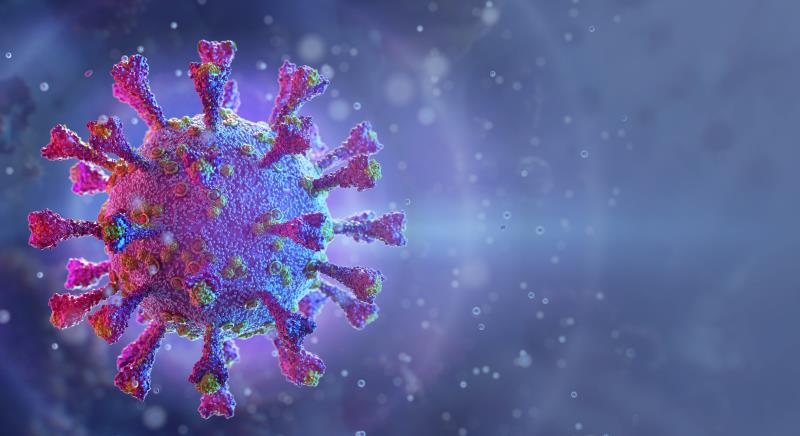
The combination of lopinavir and ritonavir did not fare better than standard of care (SOC)** in speeding up clinical improvement or reducing mortality in patients with serious COVID-19, according to the LOTUS China* trial.
This open-label trial involved 199 adults (median age 58 years, 60.3 percent male) hospitalized with confirmed SARS-CoV-2 infection who were randomized 1:1 to receive lopinavir-ritonavir (400 mg/100 mg) BID plus SOC or SOC alone for 14 days. To be included in the trial, patients were required to have an oxygen saturation (Sao2) of ≤94 percent while breathing ambient air or partial pressure of oxygen (Pao2) to fraction of inspired oxygen (Fio2) ratio of ≤300 mg Hg.
In the intention-to-treat (ITT) population, there was no between-group difference with regard to time to clinical improvement, defined as a 2-point improvement from randomization on a seven-category ordinal scale*** or discharge from the hospital (median 16 days in each group; hazard ratio [HR], 1.31; p=0.09). [N Engl J Med 2020;doi:10.1056/NEJMoa2001282]
However, after excluding three patients in the lopinavir-ritonavir group who died prior to treatment administration (modified [m]ITT population), time to clinical improvement was significantly, though only modestly, improved with lopinavir-ritonavir vs SOC (median 15 vs 16 days; HR, 1.39).
Time to clinical improvement among lopinavir-ritonavir recipients in the ITT population was comparable between those who received the combination within 12 days of symptom onset or later (HR, 1.25 and HR, 1.30, respectively).
At 28 days, mortality was numerically but not significantly lower with lopinavir-ritonavir compared with SOC (mITT: 16.7 percent vs 25.0 percent; difference -8.3 percentage points). Intensive care unit duration of stay was shorter among lopinavir-ritonavir compared with SOC recipients (median 6 vs 11 days), as was duration between randomization and discharge (median 12 vs 14 days). A greater proportion of lopinavir-ritonavir than SOC recipients had clinical improvement at day 14 (45.5 percent vs 30.0 percent).
Duration of hospitalization or oxygen therapy, or time between randomization and death did not significantly differ between groups. There was no evidence to suggest lopinavir-ritonavir reduced viral RNA load or duration of detectability.
A similar proportion of lopinavir-ritonavir and SOC recipients experienced adverse events (AEs) by day 28 (48.4 percent vs 49.5 percent), with 19 and 32 serious AEs reported in the respective groups. AEs more common with lopinavir-ritonavir included nausea, vomiting, and diarrhoea, while respiratory failure, acute kidney injury, and secondary infection occurred more frequently with SOC. Four serious gastrointestinal (GI) AEs – all deemed trial drug-related – were reported with lopinavir-ritonavir and none with SOC. Thirteen lopinavir-ritonavir recipients discontinued treatment, mainly due to GI AEs.
“The side-effect profile … arouses concern about the use of higher or more prolonged lopinavir-ritonavir dose regimens in efforts to improve outcomes,” noted the researchers.
Is there a future for lopinavir-ritonavir for COVID-19?
It remains to be seen if timing of lopinavir-ritonavir treatment could affect certain outcomes of COVID-19, said the researchers. Additionally, future studies should investigate the effect of combining lopinavir-ritonavir with other antiviral agents.
In this study, the reasons for the failure of lopinavir-ritonavir could be late initiation of treatment or ineffectiveness of the drug, said editorialists Associate Professor Lindsay Baden from the Brigham and Women’s Hospital and Harvard Medical School and Professor Eric Rubin from the Harvard TH Chan School of Public Health, Boston, Massachusetts, US. [N Engl J Med 2020;doi:10.1056/NEJMe2005477]
“The patients … already had considerable tissue damage (as evidenced by compromised lung function and 25 percent mortality in the control group). Even highly active antibacterial agents have limited efficacy in advanced bacterial pneumonia,” they said. It is also possible that lopinavir is not effective against SARS-CoV-2, they added.